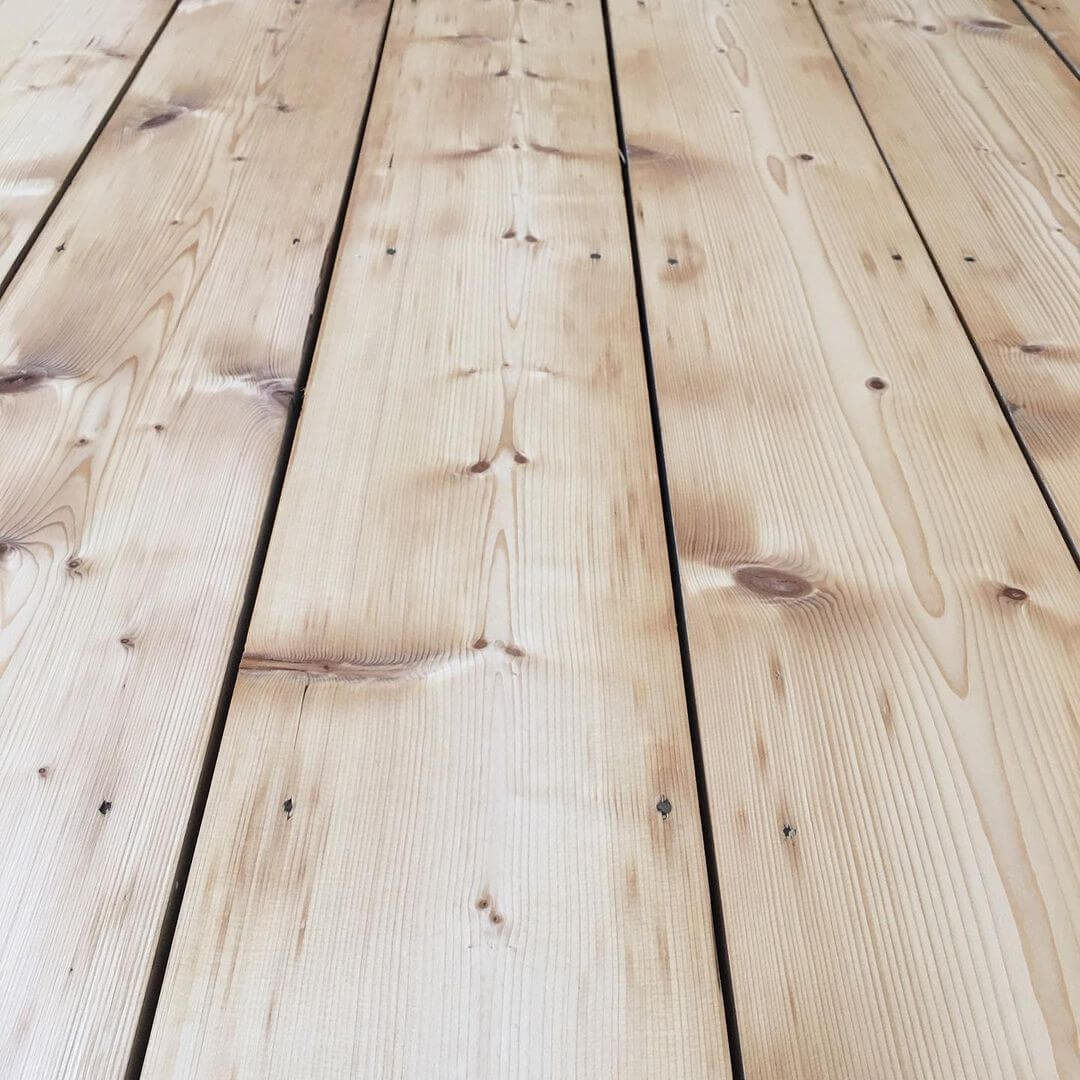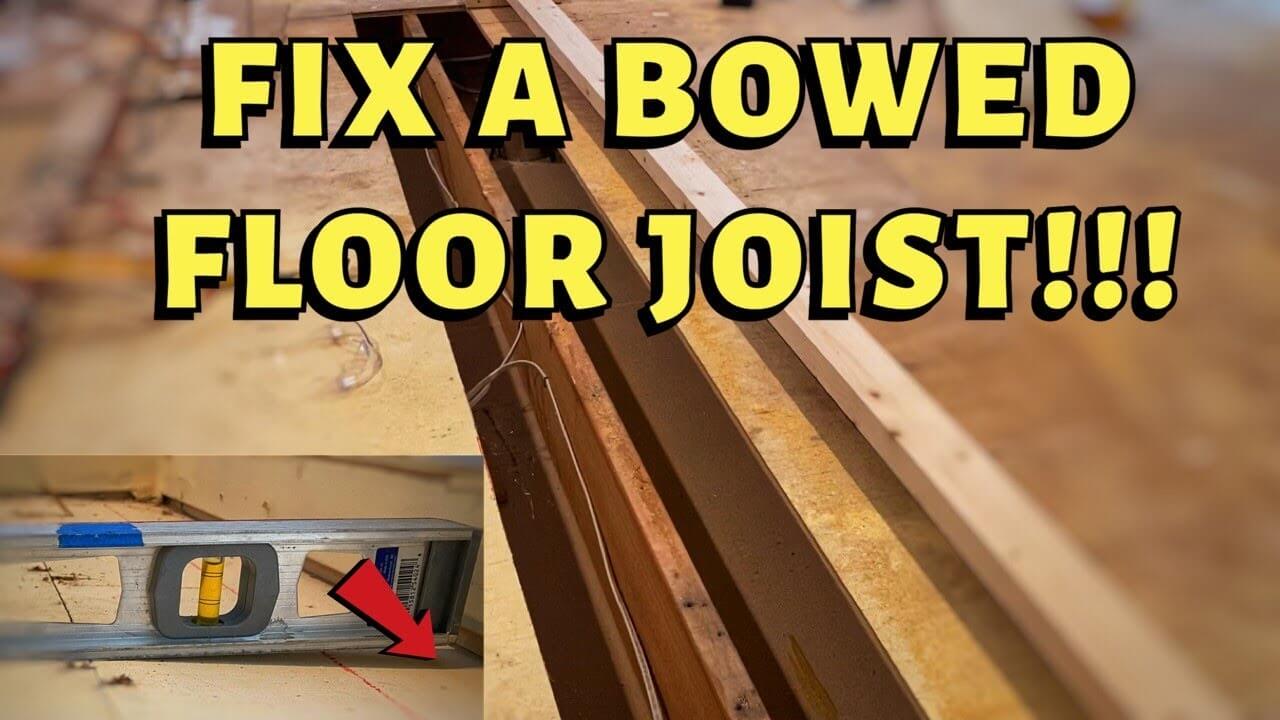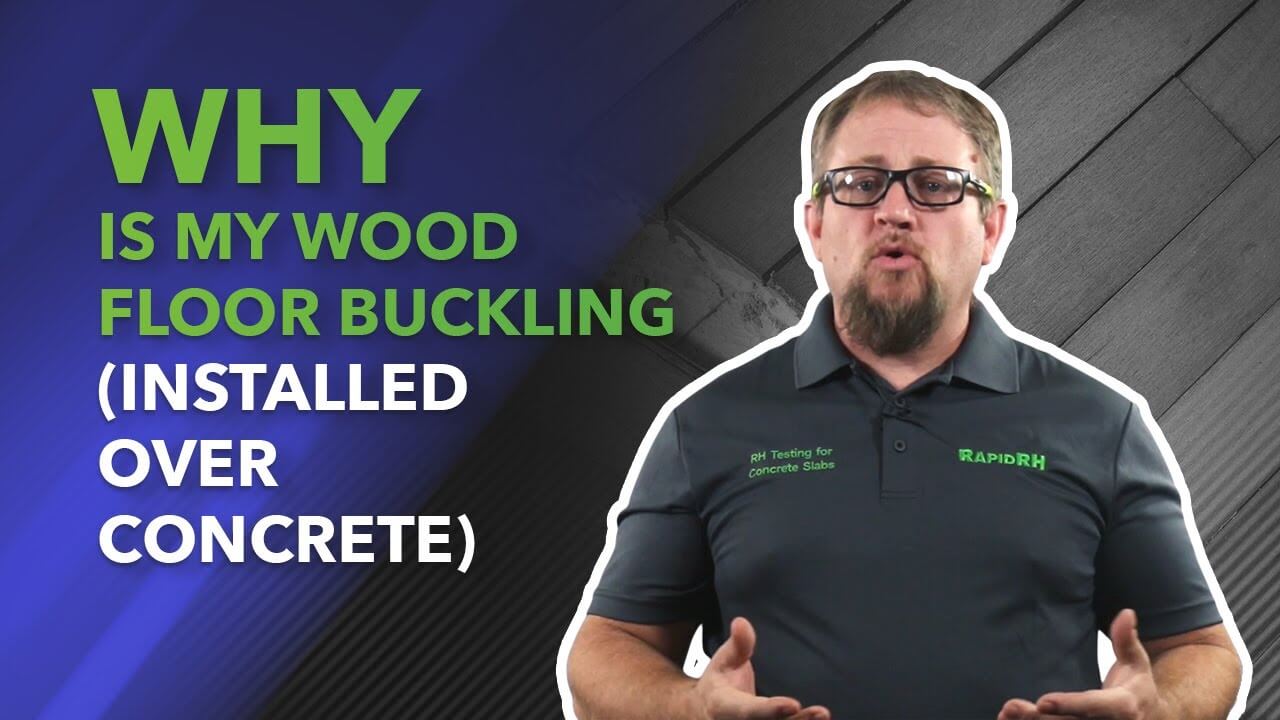Buckled Wood Floors: Causes and Solutions
Buckled wood floors occur when a part of your hardwood floor swells or contracts, resulting in a separation from the subfloor. This is typically due to water, humidity, insufficient acclimation, installation issues, and temperature variations. You can either repair or replace this kind of buckled section, although prevention is ideal.
It is important for you to understand what buckled wood floors actually are and how they look while also noting the causes and solutions to such floors. This guide will take you through each of these aspects in sufficient detail so that you know what to expect.
Let’s begin!
What Are Buckled Wood Floors?
Wood is susceptible to contracting and expanding with the seasons, especially due to changing levels of heat and humidity. When this happens, it is possible for parts of the floor to buckle under stress, although several installation issues can result in this issue as well.
There are several ways in which this kind of buckling can take place. You should be aware of these signs so that you know what steps to take once you notice this kind of buckling on your wooden floors.
Here is what you can expect and what usually occurs.
- Some sections or panels of the floor might appear raised or cupped. This is usually due to high levels of moisture in the wood.
- Cracks and gaps between each panel or board on the floor can occur, with signs of swelling and splintering between planks.
- An entire section of the floor can buckle up and create a separation between your floor and the subfloor.
Usually, the cracks, gaps, and cupping are minor issues that you can easily fix with some basic hand tools. However, these can often result in more severe buckling if left alone.
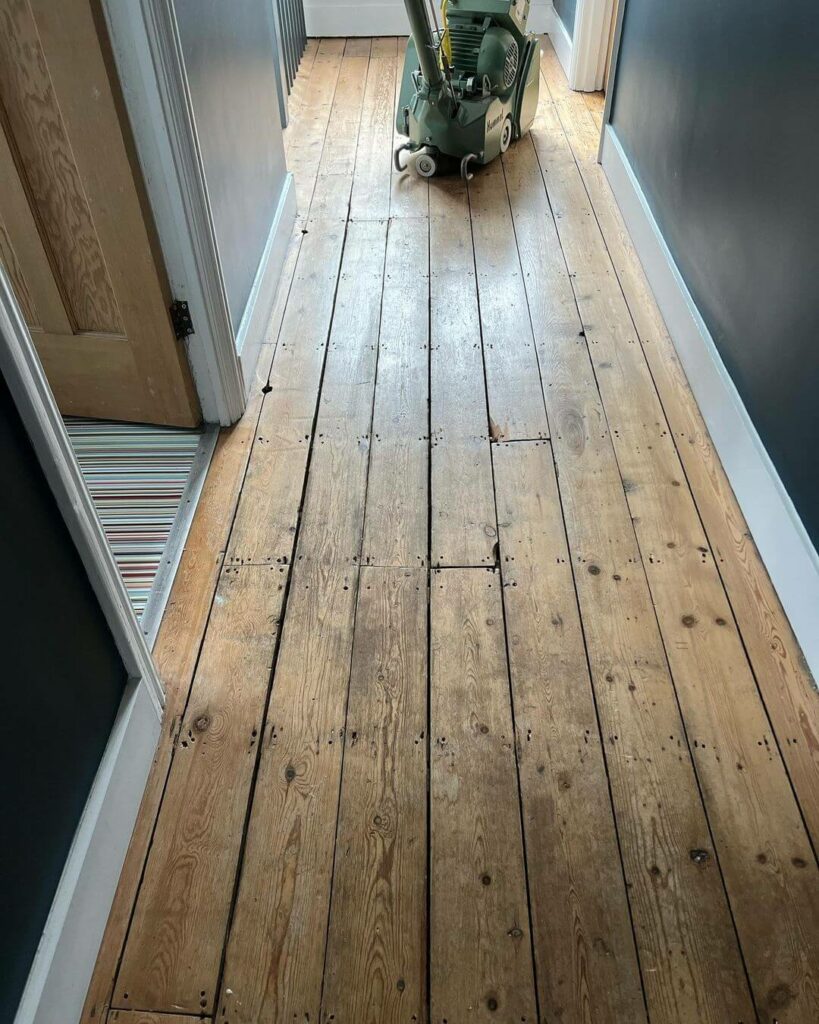
Causes of Buckled Wood Floors
There are many potential reasons why buckling can take place on your wood floors. Here are some causes that will help you understand the situation and occurrence better.
Water
One of the main culprits of buckled wood floors is water on the floor or subfloor. This kind of water can accumulate on the floor or subfloor as a result of spills, leaks, drainage issues, and insufficient ventilation in the room.
Even when you perform a simple clean using large amounts of water, some of it can pool up and result in buckling. This tends to occur because wood has the ability to absorb plenty of moisture (hygroscopicity), with each subsequent contact resulting in more absorption and degradation.
This issue is more likely to occur when it rains, so make sure you are extra careful during this time.
Insufficient Acclimation
Acclimation is an extremely essential process when it comes to installing wood floors in your living or working space.
This kind of process should take place prior to the installation process, wherein you should expose the wood panels or boards to the same conditions that they are bound to experience after installation in the given space.
Thus, if your room tends to experience a certain level of humidity and temperature, you should ensure that the wood has enough time to get used to it before it is installed so that it can become stable under these conditions without considerably contracting or expanding.
High Humidity
If you live in a region where the humidity levels are particularly high or even if the air becomes highly humid at a given time, this can result in your wood floors buckling. In this case, the wood floors will absorb the moisture from the air, resulting in structural changes and alterations.
This can then cause sections of the floor to swell and expand considerably and buckle under pressure, thus separating themselves from the rest of the floor as well as the subfloor.
Controlling the humidity in the room can help you avoid this kind of situation.
Installation Issues
Usually, while installing wooden floors, it is important to ensure that there are some natural gaps and provisions that can accommodate the common expansion and contraction of the wood in response to variations in heat and humidity.
However, in case you or the installers tend to skip over this kind of provision, this can result in too much pressure on the floor along with insufficient room for adjustment, resulting in buckling.
It is also necessary to have some other installation measures in place, such as vapor barriers/retarders and dry subfloors, in the absence of which buckling is more likely to occur.
Temperature Variations
Variations in the temperature can also commonly result in the buckling of your wood floors. Due to natural changes in the weather, exposure to a cycle of heat and cold can cause your wood floors to keep expanding and contracting on a seasonal basis. Over time, too much of this can cause the floor to buckle.
This is particularly common in regions where summers and winters result in extreme levels of fluctuations in temperature. Apart from these, artificial variations due to coolers and heaters can also end up causing this issue, which is why some kind of consistency is important.
Making Repairs
If you notice some minor buckling, you can still manage to make repairs to the wood floor. However, in the case of major or extreme levels of buckling, you will need to call in a professional for repairs or replacement.
Go through the following measures to make repairs to your buckled wood floors.
Determine the Cause
Figuring out the cause is the main thing you should do if you notice that your wood floors are starting to buckle. The sooner you can do this, the easier it will become for you to fix the buckling and prevent it from getting worse.
For instance, if you find that the issue is with a damaged or leaking pipe or other appliance, you will need to call a plumber to fix the pipe for you so that the wood does not end up absorbing any more water.
Similarly, if there has been a spill, clean it up as soon as possible to keep the wood from absorbing the moisture.
Dry the Floor
Chances are that your floor already has quite a bit of water pooled up on it as a result of a flood, leak or spill. In this case, apart from fixing the issue at the root, you will also need to remove any extra water from the wooden floorboards.
In case there is only minor buckling in a couple of boards or panels, see if you can remove them on your own and leave them out to dry. This can also help the damp sections of the subfloor to become dry.
Leave the panels upright and increase the ventilation in the room to hasten the process.
Apply Weight
If the floor is dry enough and the issue is not too major, you can apply a bit of weight on the buckled sections of the floor so that they can flatten up again. This might take a few hours or days, depending on the extent of buckling that has taken place on your floor.
Make sure the weight is sufficient to have an impact on the wooden panels and boards but not too large that it ends up forming a dent.
Once you find that the floor has become even and uniform again, you might need to drill, glue or nail some sections to maintain this level.
Reinstall/Replace
Now that you have dried the floor up, you will need to reinstall the panels or boards that you might have removed. Make sure you gather the necessary tools for this, such as a drilling machine, nails, hammers, sandpaper, planks, stain, brush, and more.
Wear safety equipment while carrying this reinstallation out.
If you do not feel confident doing this on your own or if a considerable portion of your floor has buckled, you should call a professional who can fix it up for you. You might also need to replace the entire floor if it is damaged beyond repair.
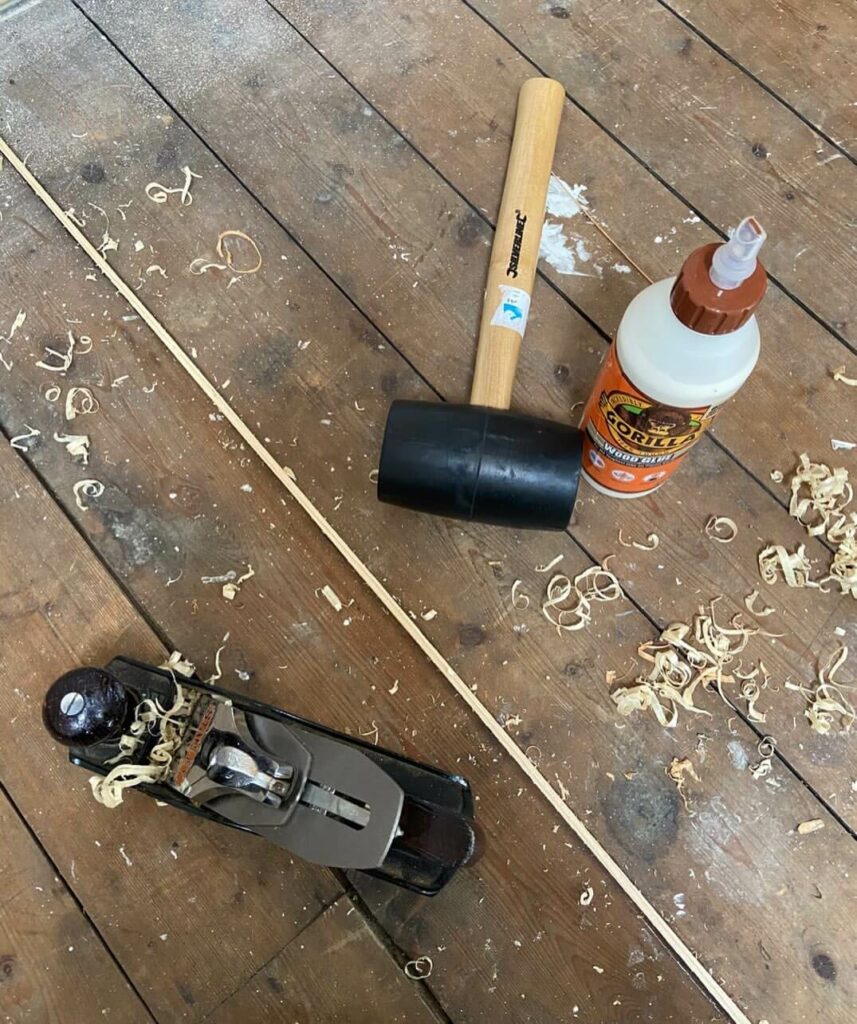
How to Prevent Buckled Wood Floors
Repairing and fixing buckled wood floors can be expensive and difficult, which is why the ideal solution here is to prevent the floor from buckling in the first place. Go through the following tips and measures to help prevent this issue.
Final Thoughts
Buckled wood floors can cause considerable damage to your flooring, not to mention that they can also lead to injuries.
With the labor cost to repair wooden floorboards and the considerable price of expensive lumber for floorboards, time is a major factor for such repair works.
Fixing these floors on time is absolutely crucial but can also make a dent in your pocket due to the costs, in which case you should take preventative measures from the start.

